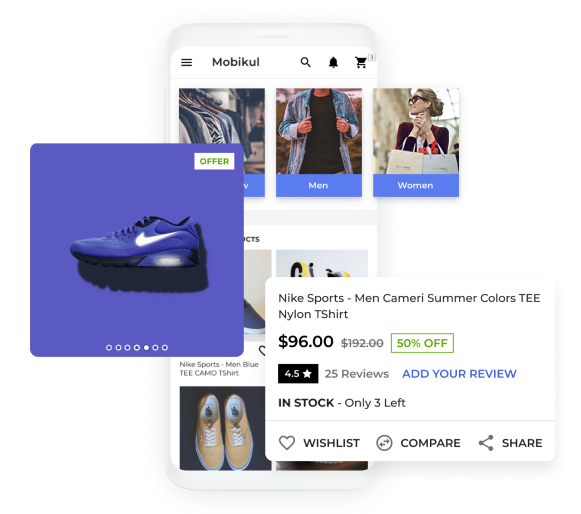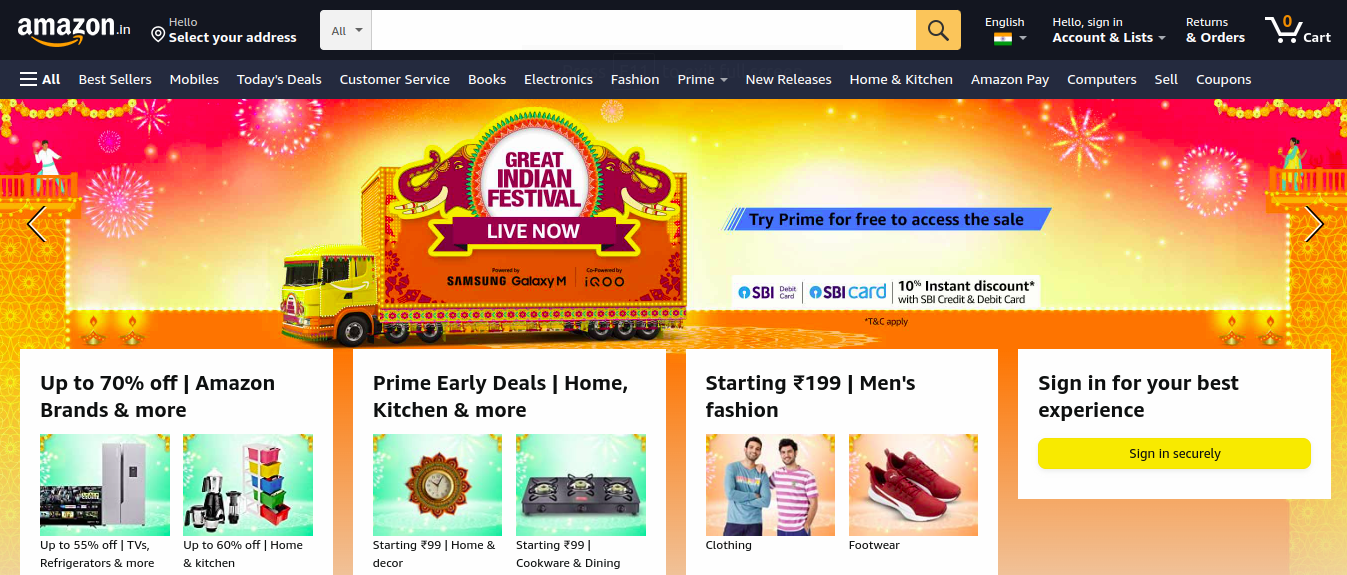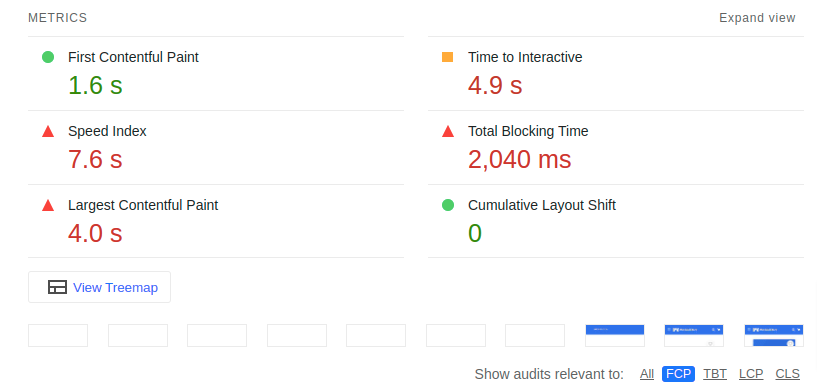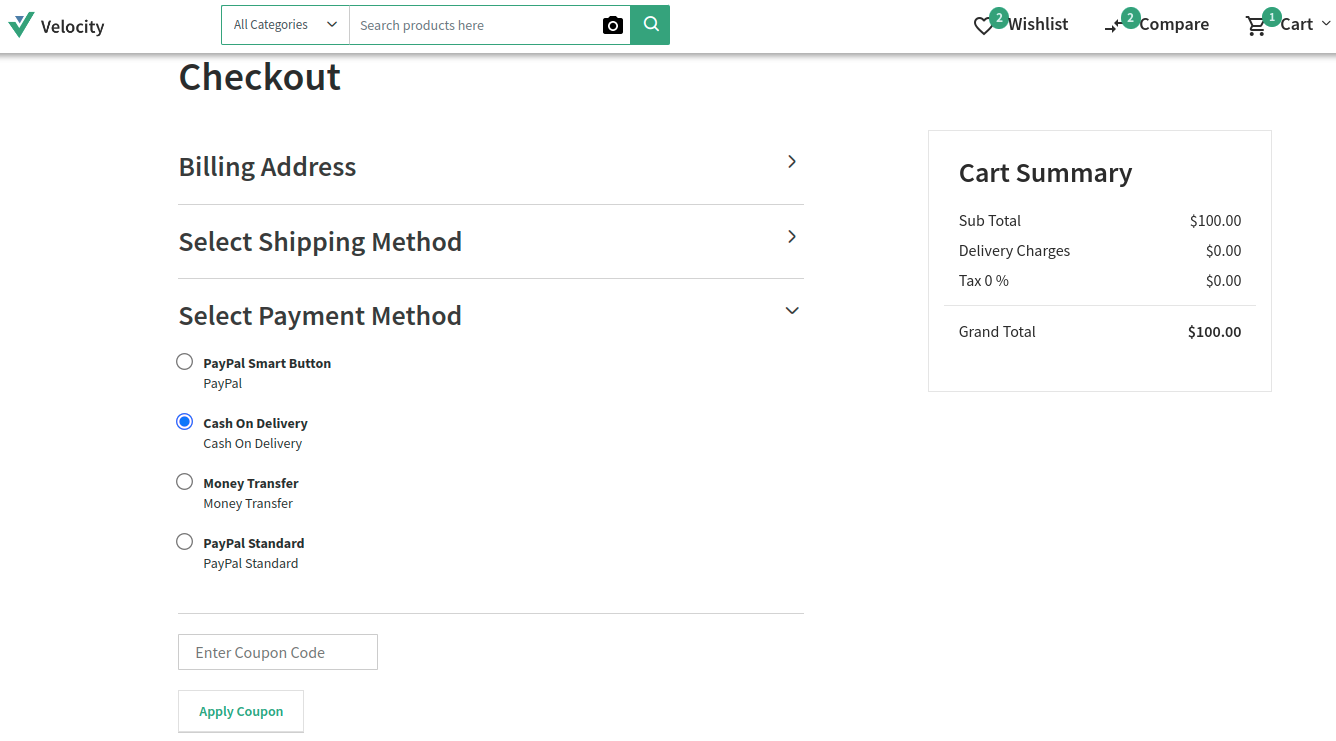Every calendar year there are times when consumers all around the world increase their online shopping activity to celebrate and gift their loved ones. Knowing this, manufacturers and retailers take advantage of these peak shopping seasons and in return offer luring discounts to shoppers.

Image source – Pexels.com
As a result of the increased online sales and high website traffic, the site administrator may face challenges with excessive server load, downtime, or poor performance.
Therefore, merchants must ensure that their e-commerce store runs smoothly without affecting the shoppers’ experience.
So, whether it is Thanksgiving, Christmas, Diwali or any other festive holidays, e-commerce store owners must prepare well ahead for the upcoming peak shopping seasons.
In this article, we are going to find out what online store owners can do to become ready and make changes to their websites to handle the increased count of site visitors.
1. Forecast and Viewing Past Sales
If you want to predict the future, then you should look into the past. The same thought can also be followed while anticipating the upcoming surge in website traffic.
Retailers can check past year’s performance, and their site data, review the number of customers who previously visited the site, placed orders, and raised return requests.
Additionally, online sellers can read through research reports and take insights from Google Trends to obtain more insights into consumer trends during these previous shopping seasons. Such as knowing the highest selling categories, popular products, and keywords used.

In November 2021 on Black Friday, the Nintendo Switch video game console became the most searched product globally with 1.22 million searches. The second spot was for Apple Airpods with over 550,000 searches in that month.
2. Optimize for Mobile Users
There is no denying the fact that more customers are shopping through their smartphones rather than using computers. Today, all websites, especially e-commerce ones should adopt a mobile-first strategy aimed primarily at smartphone users instead of desktop devices.
To further elaborate, the entire website design, theme, and user experience should not compromise whether your customer is shopping via a laptop/desktop computer or mobile web browser. Both should deliver a seamless and delightful shopping experience.
Today, many modern web technologies are available to optimize e-commerce websites for mobile users.
Firstly, you can consult with your design team or hire a design agency to review and know if your theme is responsive to multiple devices’ resolutions. Moreover, if the buttons, text, and other UI elements are all clickable on small screens.
You can check your web pages on the freely available tool- Google Mobile Page Test.
Second, you can create AMP (Accelerated Mobile Pages) to develop dedicated web pages for mobile users. Besides that, developers can also build PWA (Progressive Web App) for delivering an app-like experience to web users.

But, to deliver the ultimate mobile commerce experience, you must think of developing separate native apps for Android and iOS platforms.
Get started and collaborate with the Mobikul team to develop customised e-commerce mobile apps for your online store or marketplace.
3. Upgrade IT Infrastructure
No matter how high-end your server configuration is but if it fails to keep up with an unexpected traffic surge it may cause a considerable loss of potential earnings during the holiday season.
For this reason, while setting up or upgrading your existing server hardware and software resources one should plan for a cloud hosting platform.
Because, unlike traditional hosting, cloud hosting offers an auto-scalable solution whose resources can be upgraded based on the real-time website’s demand. Ensuring absolute reliability and 99.9% uptime score guarantee even during peak shopping times.
Furthermore, in case, you have cross-border customers, then CDN (content delivery network) should be deployed. It fetches cached content from the nearest available server based on the user’s geographical location.
To find out more about how to speed up your online store with expert cloud services, visit- Cloudkul.com
4. Marketing & Promoting Upcoming Offers
One more thing to do before an upcoming holiday season starts is to notify your shoppers about the new deals and discounts to be made available.
Because, without doing any promotional activities, your customers will not be aware of holiday pricing or further compel themselves to shop your e-commerce store.
Living in this digital age, we have now several mediums available through which businesses can inform the masses, they can:
- Share on social media channels
- Send periodic email newsletters
- Deliver push notifications on web and mobile app
- Create rich media content messages on WhatsApp
- Send standard text messages
- Display television commercial
Furthermore, retailers can create dedicated marketing campaigns each year during the festive months. Through this buyers can anticipate the forthcoming bargains on their wishlist items and may postpone their purchases until the actual sale day arrives.

Image source – Amazon.in
This strategy is followed by popular e-commerce giants in India, Amazon calls it “The Great Indian Festival” and Flipkart names it “The Big Billion Days”.
Therefore, having these campaigns not only prepares the retailers but also tells the consumers when to make their purchases and make the most of it by buying products at their best prices.
5. Analyze and Improve Web Page Speed
Measuring your website performance is of vital importance as slow loading time will deter oncoming visitors to stay on your online store for a long, consequently resulting in an increased bounce rate.
You will need to audit your web pages and find out how to optimize them to reduce their page size and increase speed. One way to find out is to measure the TTFB (Time to First Byte), which is the time taken by the server to respond to the user’s web browser request.
You can use this free WebPageTest tool or Google Lighthouse to check it.

The first thing to improve the TTFB value is checking with the hosting partner to diagnose the issues that are happening. Next, you need to enable the server-side caching feature, defer any unnecessary CSS JS HTML files, and make sure there are no redirections.
After that, you will need to optimize the pictures or use a compressed image format such as WebP. Because media content such as banners, product images, and icons takes a lot of bandwidth when a browser is downloading the web page files.
Moreover, serving full-resolution size images to mobile browsers can increase the loading time significantly, hence multiple sizes of the same image should be created for different devices.
6. Reliable Logistics Partner
Over the last few years, we all have experienced delays due to global setbacks. Be it the Covid pandemic, geo-political relations, Suez canal blockage or chip shortages.
E-commerce retailers and manufacturers had left with no other option but to show lengthier shipping dates or keep showing the product out of stock until the saleable quantity arrives.
However, there are a few ways to prepare for e-commerce logistics during the peak shopping season. Firstly, merchants should communicate with their shoppers relating to the uncertainty in fulfilment as this will prevent back-ordering or making false commitments to delivery date.
Secondly, online sellers can partner with more than one supplier and logistics service provider to reduce their risk of shortages or delays. Additionally, the customers can have the option to choose an extended delivery date that will provide retailers with some lead time.
Thirdly, e-commerce store owners can plan to keep a buffer stock of popular and newly launched products in their warehouse for uncertainties. Further, continue to get in touch with the suppliers to replenish the stock levels.
Lastly, retailers should also weigh the increase in inevitable product returns that will be happening during the peak shopping seasons.
Read more about fulfilment centres and warehousing for e-commerce products.
7. Simple Checkout Process
In the final step when your buyer is finally deciding to place an order, the whole checkout experience should be as simple as possible. There are numerous changes site owners can do to their e-commerce sites to make the checkout utmost user-friendly.
Starting with transforming the multi-page or multi-step checkout into just one single-page checkout. The aim should be to reduce the number of clicks and inputs required by the user.

Image source – Bagisto.com
Only the minimum number of form fields should be visible which are essential to place an order. There is no need to collect any information that delays the checkout time and risks abandoning the cart.
Now if someone does not have an account on your online store, you must provide them with the quick login/signup functionality via social media, text message or email. As we should not expect casual visitors or guest customers will be filling up lengthy forms to order an item.
Next comes the payment method, where multiple options should be available. This is to avoid the risk of a sudden surge in traffic on the single payment gateway or banking system. Consider including a wallet system integration and cash-on-delivery alternative as well.
Unfortunately, if due for any reason a customer fails to place an order and leaves cart items of his own will, the save for later option should be available. So that the customer can come back and finish the checkout process.
To Conclude
The e-commerce peak shopping season does create challenges for the merchants due to the sudden increase in traffic, server load, and supply chain disruption.
However, to mitigate the issues and ably manage the festive times, sellers can review past data, switch to cloud hosting, inspect web page speed and optimize their website for mobile users.
Further, online retailers can collaborate with additional logistics partners and suppliers to meet their fulfilment promises.
If you have any further queries on how to manage your e-commerce business during the peak shopping seasons, then please reach out to our team via email, ticket, or live chat.



Be the first to comment.